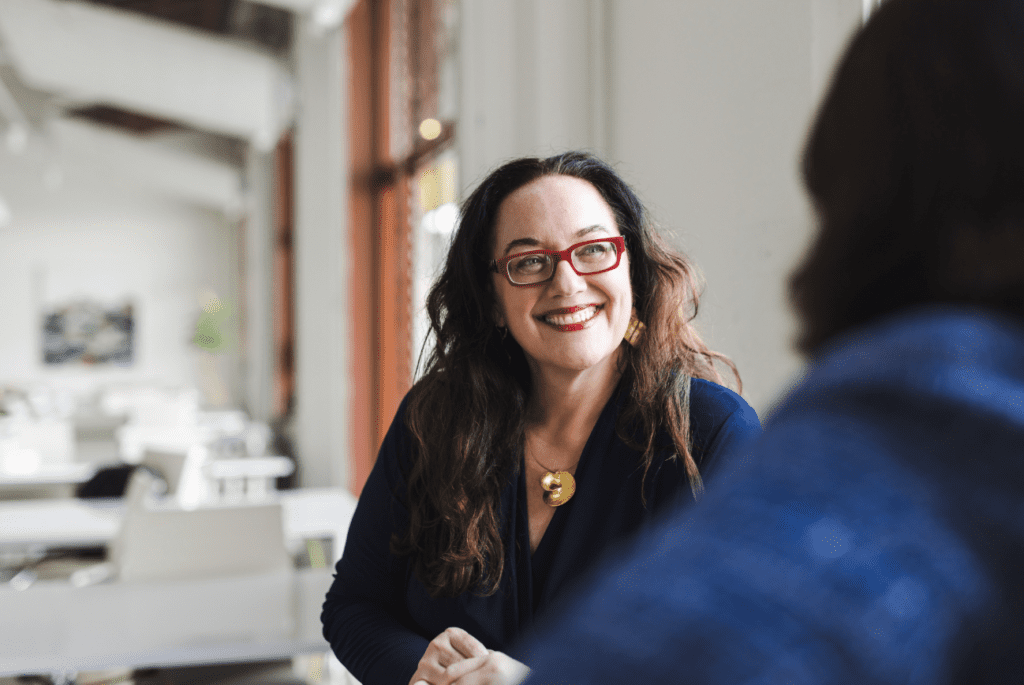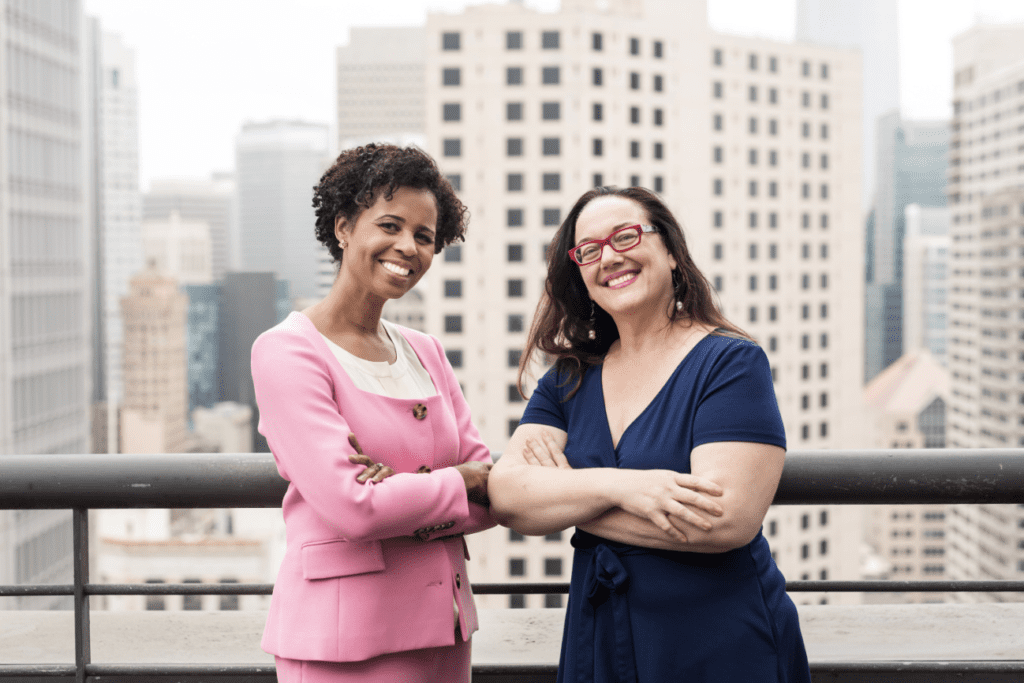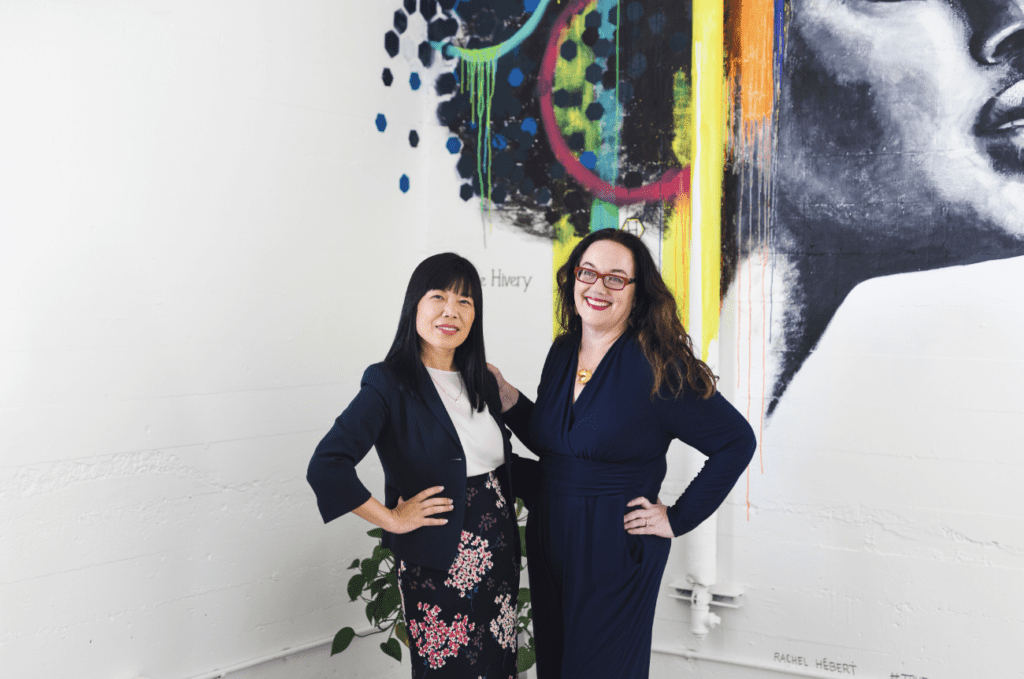Creating Equity and Opportunity for Women

Julie Castro Abrams is a gender and racial justice activist who has spent the majority of her career working to build great women-owned companies and economic access for women. She is founder and CEO of How Women Lead, a network of 14,000-plus top executive women who come together to learn, break barriers to success, and make an impact. Using her extensive background, Julie helps top executive women harness and activate their power across all aspects of their careers and lives. She also leads the sister organization, How Women Invest, an early-stage venture capital firm seeking to realize untapped economic potential by focusing on the intersection of female founders and female investors, particularly those of color.
HL: Why is it so important that more women serve on boards and have their startup companies funded?
JCA: Women make up more than 50 percent of the workforce and are often far and above the largest consumer purchasers, yet the boards of directors for private and publicly held companies are overwhelmingly male. Today, women make up one-in-four board members for publicly traded companies and one-in-seven for private ones. Despite these numbers, this actually displays big progress for women on boards, as this is triple what it was 10 years ago.
HL: Why is this so critical?
JCA: Because there is incontrovertible evidence that when boards of directors are diversified, business performance improves and risk is better managed. When women are on company boards, they bring different points of view, ask different questions, and make different impacts, all of which benefit the company. And disrupting groups of similar people is a mechanism for safety and innovation. When there is diversity in a group, everyone prepares more. Everyone is up-gamed. More women on boards means better business.
Investing in women-owned businesses may sound like a good thing to do, but everyone needs to know that it’s actually a critical protective mechanism for companies and a good business decision. According to BCG, women-led startups generate 26 percent more cumulative revenue over a 5-year period than other startups. They are more capital-efficient and can weather periods of challenge like our current downturn.
Women start businesses that solve problems that women see and uniquely experience—broadening innovation and solving critical problems. How often have we said that if men got pregnant, there would be far more palatable and innovative birth control solutions?
Women running companies fuels the culture and representation in the companies of the future where we want to work. They are inherently paying equitably and ensuring cultures that work for working parents. And if you need to hear that from someone else, know that asset management firm State Street’s CEO wrote in his annual letter that culture beats physical assets in corporate value.
When women start companies, they hire six times more women. We need women building great companies that scale, and in order to do so, we need to fund them.
Unfortunately, women-founded companies receive only 2.3 percent of venture capital funding, despite this proven track record. If venture capital were invested proportionally in women-led and male-led companies, overall revenue for startups would grow exponentially, better performing companies would scale faster, and these companies would make more impact in their sectors and the world.

HL: Why don’t companies founded and led by women get the funding that other startups get?
JCA: Three reasons. First, an overwhelming amount of venture funding goes to people venture capitalists know. And since over 90 percent of decision makers among venture capitalists are men (and that’s down from 98 percent just six years ago), the inherent bias in the work of pipelining deals is male-dominated.
Second, bias is still very prevalent in venture capital, even in 2023. Venture firms are private, with very little transparency, and they historically base decisions on pattern recognition, trust, and belief in the founder. These are inherently biased factors. Whom you trust and believe has potential is often someone like you. And we don’t have enough women making decisions in venture.
Third, most qualified women don’t even know they could invest in venture firms, in part because they haven’t felt invited and aren’t seeing themselves in venture firms. Our research shows that when qualified women know that they can invest their money in start-ups, they choose to invest in companies they are highly value-aligned with, and that includes investing in women-led companies to help level the playing field.
HL: How will you change that?
JCA: I am singularly focused on creating more equity and opportunity for women, and particularly women of color, in both business and wealth building.
How Women Lead is working to fundamentally change the dynamics in business by preparing more women to become board directors, to invest in more early-stage, women-only led companies where we can provide more than money to help scale these businesses faster, and to bring more money—billions of dollars—to women-led venture funds which will then invest money, at scale, in women-led companies.
We’ve built the foundation to now make huge moves at scale in bringing more women into the venture capital ecosystem, invest in hundreds of more companies founded by women, and place women on the boards of directors of the thousands of publicly traded and privately held companies in this country.
HL: With a good number of women with considerable wealth in the SF Bay Area, why aren’t more of these women investing in start-ups?
JCA: Bottom line, I think women who have the means haven’t considered venture investing as a financial option for themselves because it hasn’t been presented to them by their wealth advisors, and because they haven’t been invited to the traditional venture capital ecosystem. Consider that an accredited investor is someone who has a net worth over $1 million and an income over $200,000, and that a minimum investment may be as low as $10K that might be invested $2500 at a time over four years. And that that money can return three to ten times over 10 years. Once more women understand how it works, more women will start building their wealth by putting their money to work in venture capital.

HL: What does success look like for How Women Lead in the Bay Area and beyond?
JCA: Success looks like companies full of people from all walks of life and all backgrounds that reflect our communities, where everyone benefits from the success of those companies. Success looks like more companies making better impacts in the world, solving the problems we experience, and creating great jobs. Success looks like companies performing really well, because they are making good choices and not being weighed down by biased company cultures that inhibit efficiency and therefore profit.
We won’t be done until women-led companies are being funded at least at the same rate and the same scale as male-led companies and women sit in at least 50 percent of the board seats in privately held or public companies. We’re doing everything we can to move against all the factors that are getting in the way of this happening.
